The idea of painting a ship in odd patterns is credited to British artist Norman Wilkinson during the time of the first world war. The concept — which became known commonly as “dazzle” — was an attempt to confuse German U-boats by making a ship’s course and speed difficult to judge, and thus difficult to torpedo. The technique was eventually adopted by the American Navy in 1918 and the practice continued (mostly by the U.S.) throughout WWII. It was during the 1930s and 1940s that a standardized set of ship camouflage patterns were adopted and deployed across all Tennessee class battleships and Essex class aircraft carriers by the camouflage unit of the U.S. Navy Bureau of Ships.
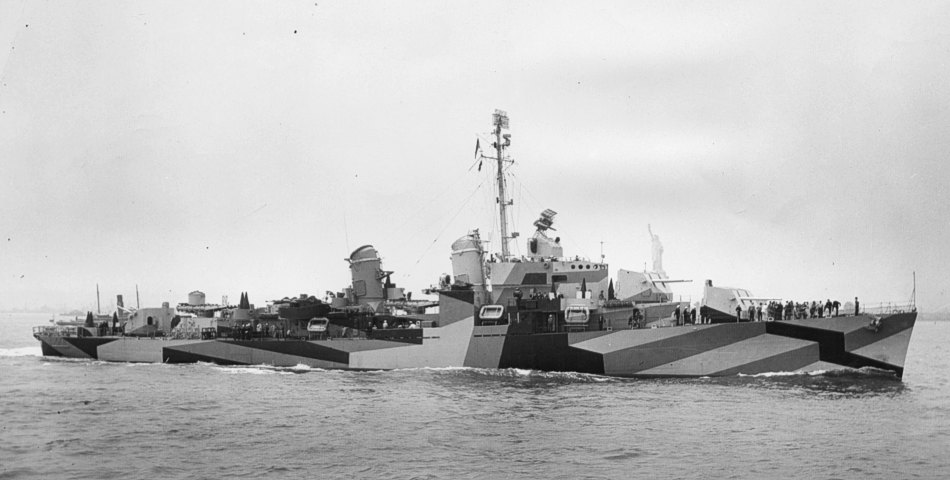
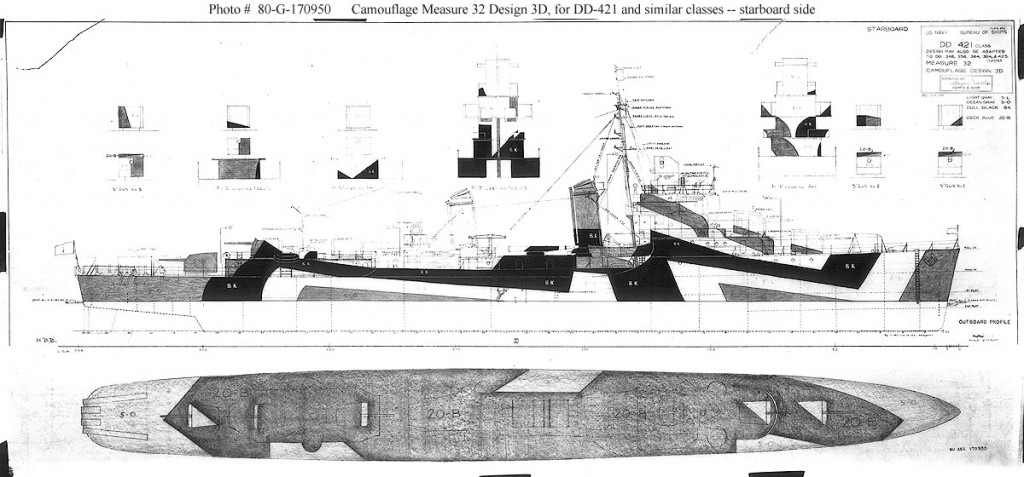
The practice was ended after WWII, but the more time I spent in the U.S. Navy’s (online) archive, the more I liked these WWII era warship dazzle plans. I want to buy one and hang it in my office. To see these ships in real life must have been truly astonishing. And also, probably pretty strange and or scary depending on the circumstances.
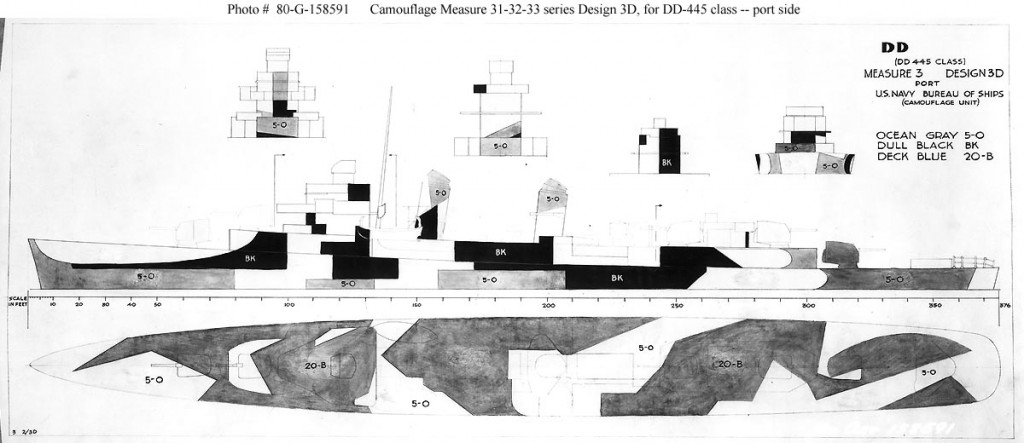
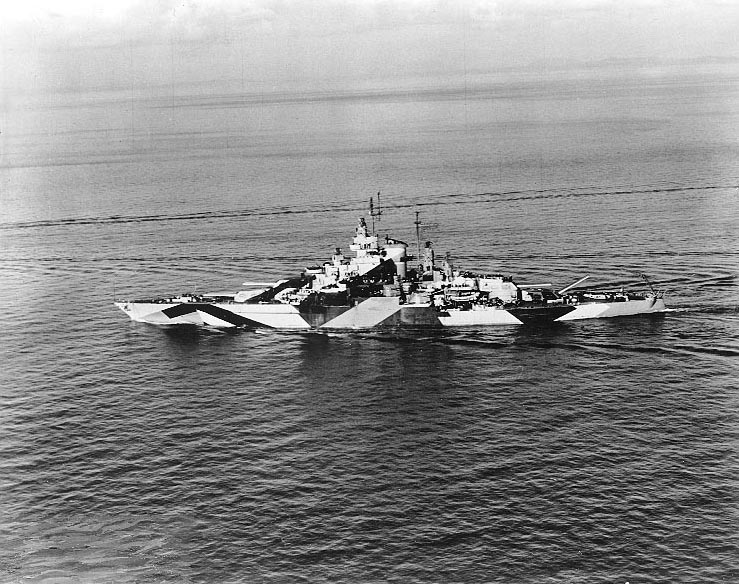
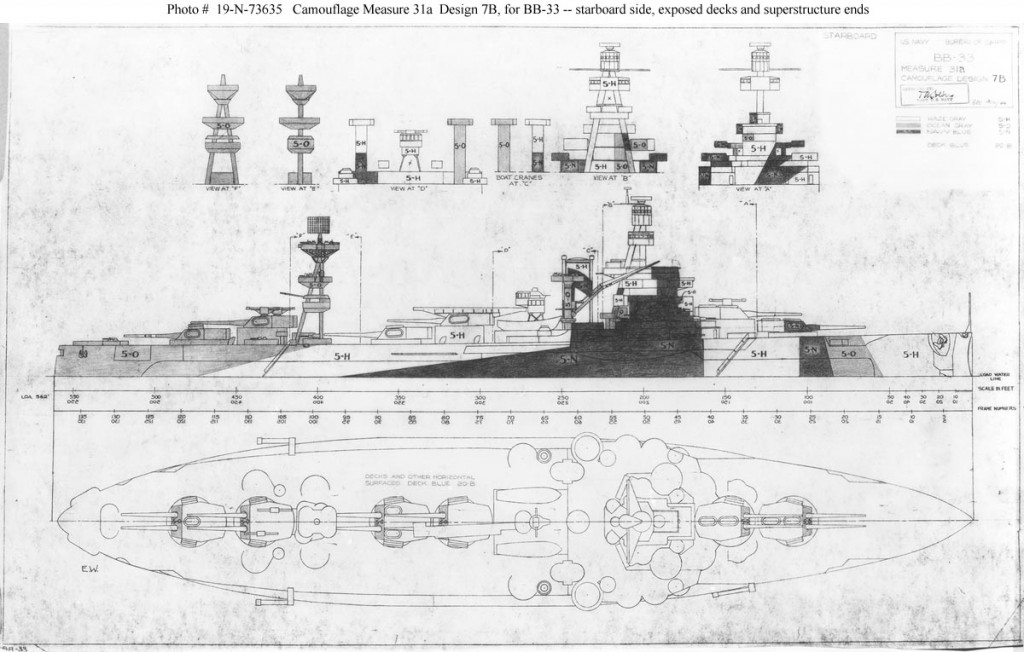
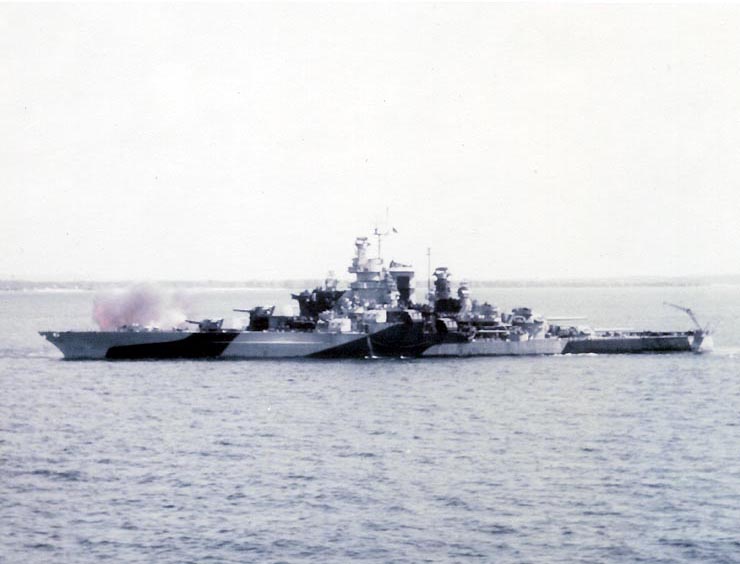
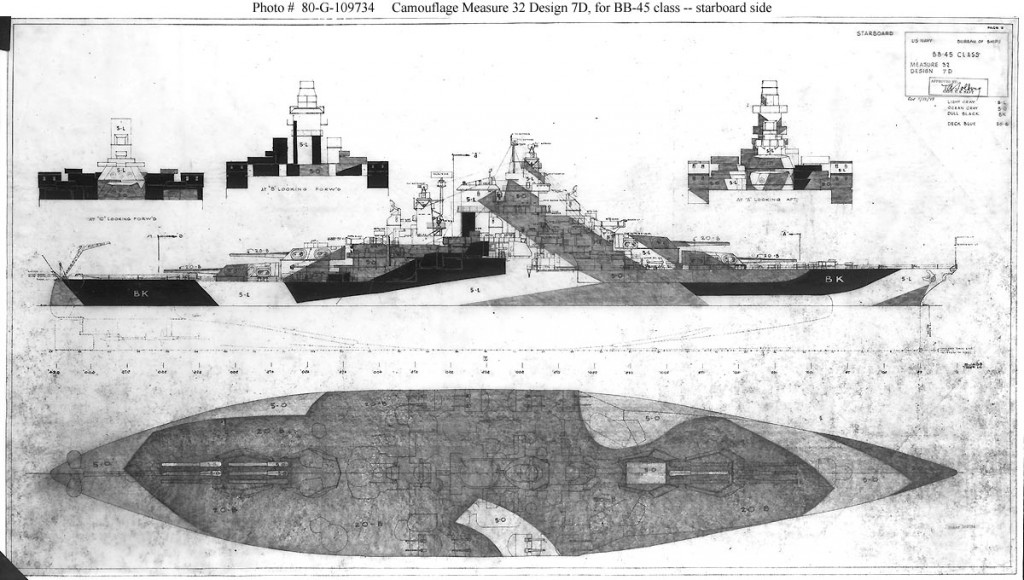
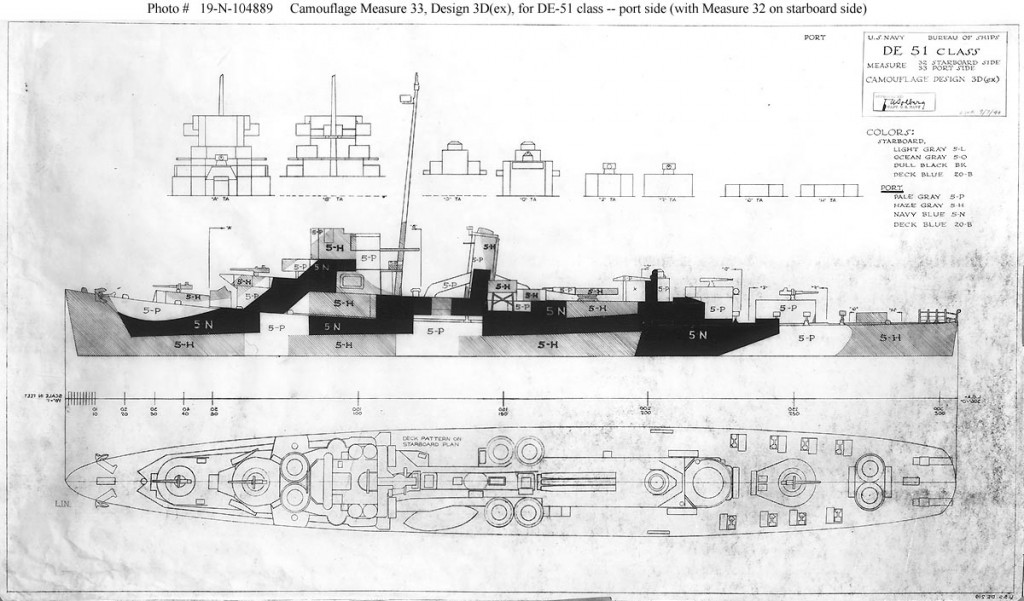
没有评论:
发表评论